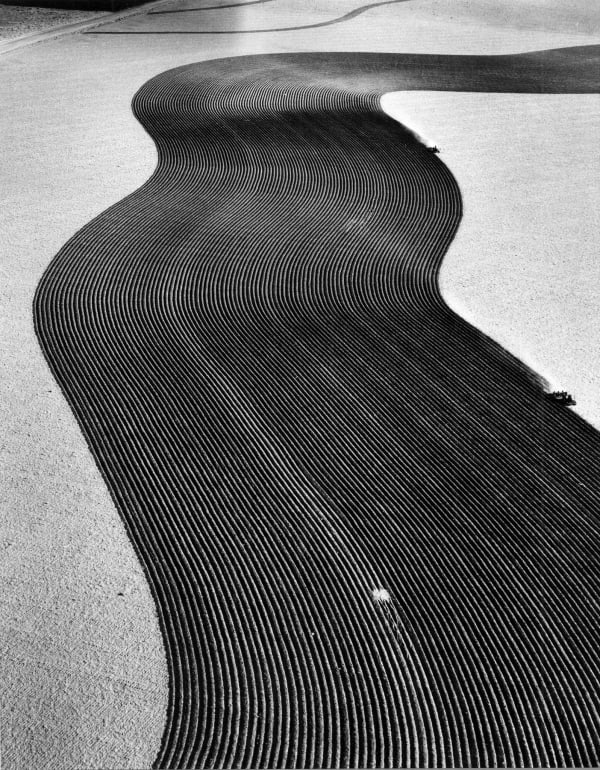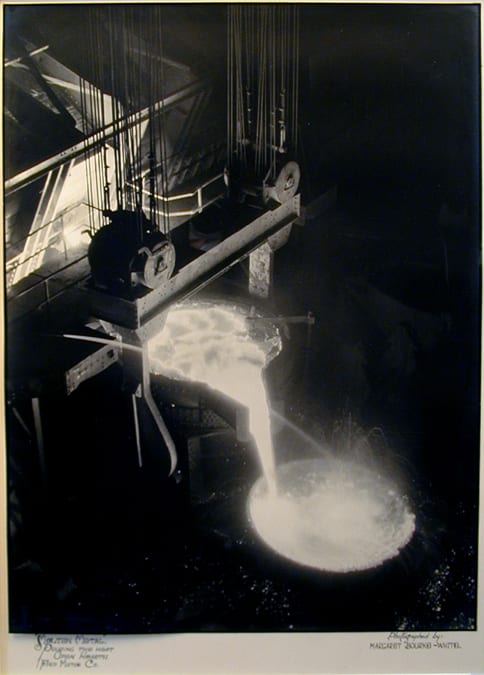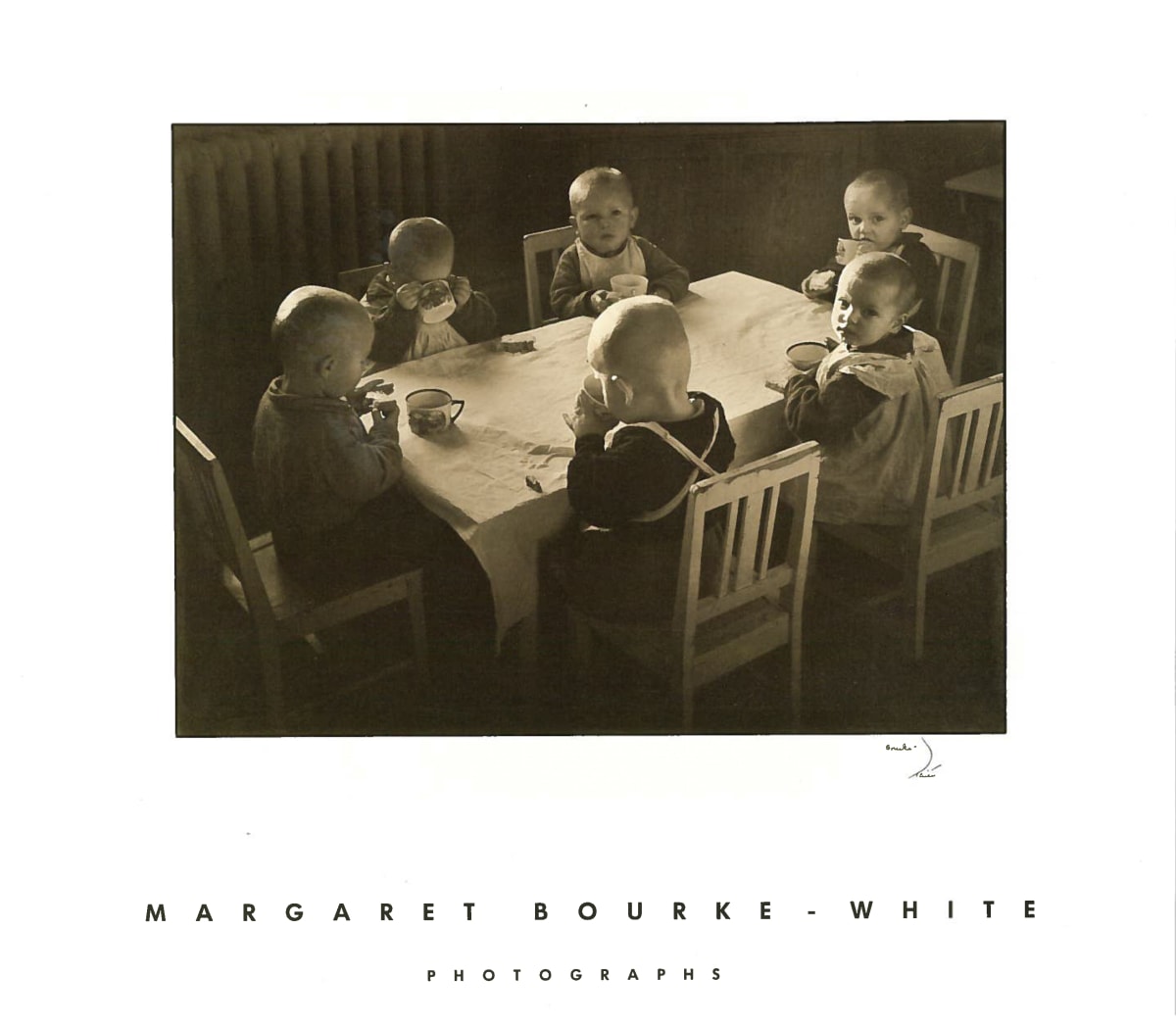Margaret Bourke-White
-
 Distant View of Garden with Statue and Reflection, W. M. Clapp Estate, Cleveland Heights, Ohio, July, 1928
Distant View of Garden with Statue and Reflection, W. M. Clapp Estate, Cleveland Heights, Ohio, July, 1928 -
 Organ Pipes, c.1931
Organ Pipes, c.1931 -
 Contour Plowing, Walsh, Colorado, 1954
Contour Plowing, Walsh, Colorado, 1954 -
 South African Gold Miners, 1950
South African Gold Miners, 1950 -
 Grosvener Crescent, London, 1939
Grosvener Crescent, London, 1939 -
 President Franklin Delano Roosevelt, with Eleanor in Warm Springs, Tennessee, 1938
President Franklin Delano Roosevelt, with Eleanor in Warm Springs, Tennessee, 1938 -
 At the Time of the Louisville Kentyck Flood, Kentucky, 1937
At the Time of the Louisville Kentyck Flood, Kentucky, 1937 -
 A Priest, 1934
A Priest, 1934 -
 Aluminum Company of America (M1), 1934
Aluminum Company of America (M1), 1934 -
 Aluminum Company of America (M1-M4), 1934
Aluminum Company of America (M1-M4), 1934 -
 Aluminum Company of America (M2), 1934
Aluminum Company of America (M2), 1934 -
 Aluminum Company of America (M3), 1934
Aluminum Company of America (M3), 1934 -
 Aluminum Company of America (M4), 1934
Aluminum Company of America (M4), 1934 -
 Machine Dance, Moscow Ballet School, 1931
Machine Dance, Moscow Ballet School, 1931 -
 Worker, Magnitogorsk, U.S.S.R., 1931
Worker, Magnitogorsk, U.S.S.R., 1931 -
 Rolling Coiled Aluminum Sheet, 1929
Rolling Coiled Aluminum Sheet, 1929 -
 Molten Metal, Pouring the Heat, Open Hearth, Ford Motor Co., 1928
Molten Metal, Pouring the Heat, Open Hearth, Ford Motor Co., 1928
Margaret Bourke-White was renowned for her fearless and bold spirit, which allowed her to pursue her subjects with intense dedication and relentlessness. Her images demonstrate her profound interest in a pure beauty, in the changing landscape of her time, and in the industrialization that formed the early decades of the 20th century. Her pictures are often tightly cropped, focusing on a singular detail or staging the scene from a unique angle. They have strong, clear lines and often incorporate a repetition of forms or shadows, sometimes imparting an abstract quality. The new medium of the photo-essay for such American magazines as Fortune and Life led to her successful career in photojournalism.
She was the only international photographer allowed into the USSR in the early 1930s. Her photographs of Russia, beginning with a documentation of the German invasion of Moscow, constitute some of her most memorable work. She also photographed the Buchenwald concentration camp the day after its liberation, and interviewed Gandhi hours before his assassination.
Bourke-White studied at the Clarence H. White School of Photography in 1922. She moved to Cleveland to begin a career in photography in 1927, and married novelist Erskine Caldwell, with whom she worked in the Deep South, in pre-Nazi Europe and in the Soviet Union until her death from Parkinson’s disease in 1971.



















